Queensland-headquartered voltage control specialist EcoJoule Energy has received a $3 million (USD 1.9 million) commitment from the Clean Energy Finance Corporation (CEFC) as part of the company’s $15 million capital raise.
Invested through the Powering Australia Technology Fund (PATF), the funds will contribute to EcoJoule’s deployment nationally and internationally of its grid strengthening technology, which includes the EcoVar and EcoStore.
The EcoVAR product uses proprietary software and electronics to synchronise power across networks and correct grid voltage fluctuations, while its EcoSTORE battery technology reduces further pressure on the grid by storing excess energy generated during the day, releasing it when needed to improve grid power quality for consumers.
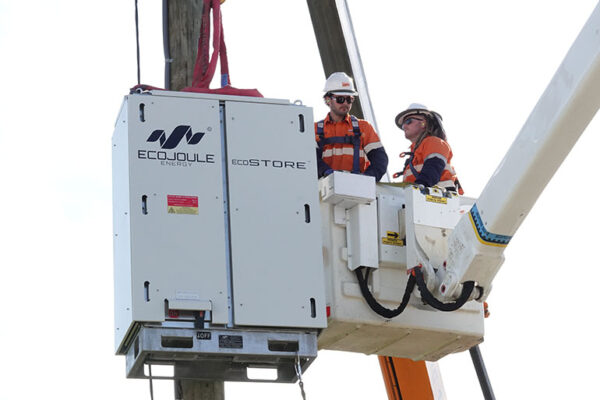
Image: Essential Energy
CEFC Head of Growth Capital Malcolm Thornton said EcoJoule has developed unique solutions to enable the optimisation of energy management across low voltage networks.
“The energy transition is changing the landscape of Australia’s electricity network and the way that energy is produced and distributed,” Thornton said.
“The EcoJoule technologies address a key challenge in Australia’s transition to net zero by enhancing grid reliability and capacity for distributed generation.”
EcoJoule Founder and Chief Executive Officer Dr. Mike Wishart said the CEFC backing helps the company capitalise on the opportunity presented by the global energy transition, both for Australia and internationally.
Australia generated 18% of its electricity from solar in 2024, up from 7% in 2019, and remains the country with the highest solar generation per capita at 1,8666 kWh, over seven times the world average.
Under the Australian Energy Market Operator’s (AEMOs) Integrated System Plan for the National Electricity Market (NEM), the NEM must almost triple its capacity to supply energy by 2050 to replace retiring coal capacity and meet increased electricity consumption as other sectors decarbonise through electrification.
This content is protected by copyright and may not be reused. If you want to cooperate with us and would like to reuse some of our content, please contact: editors@pv-magazine.com.
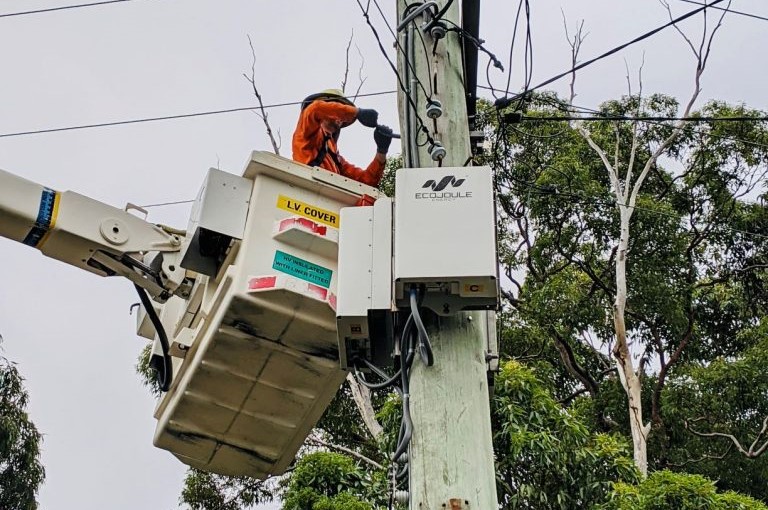



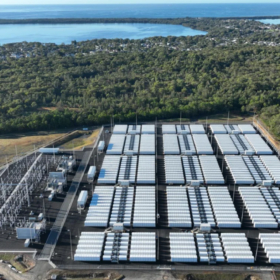
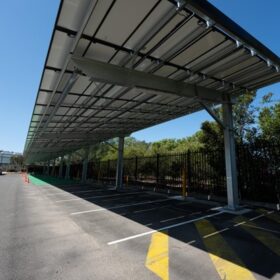
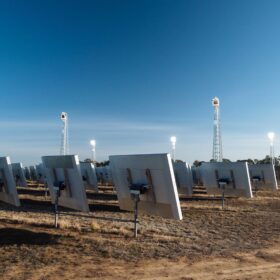
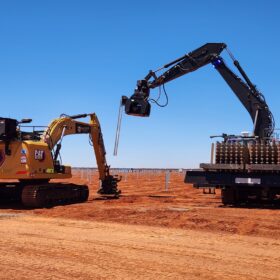
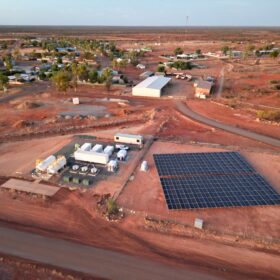
By submitting this form you agree to pv magazine using your data for the purposes of publishing your comment.
Your personal data will only be disclosed or otherwise transmitted to third parties for the purposes of spam filtering or if this is necessary for technical maintenance of the website. Any other transfer to third parties will not take place unless this is justified on the basis of applicable data protection regulations or if pv magazine is legally obliged to do so.
You may revoke this consent at any time with effect for the future, in which case your personal data will be deleted immediately. Otherwise, your data will be deleted if pv magazine has processed your request or the purpose of data storage is fulfilled.
Further information on data privacy can be found in our Data Protection Policy.